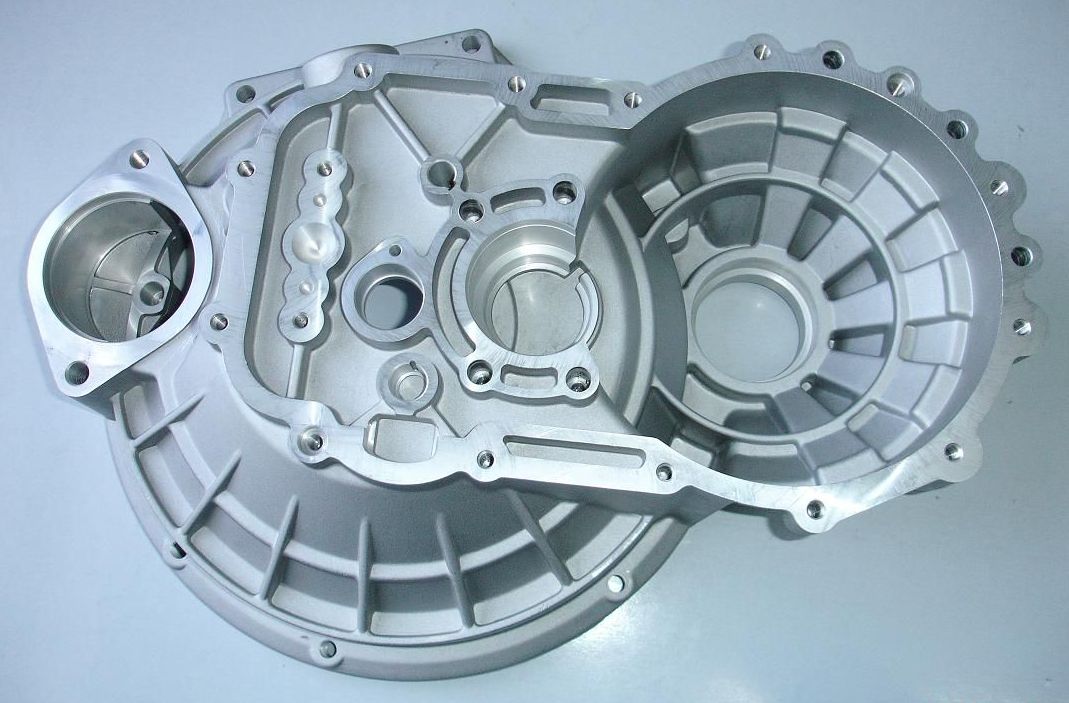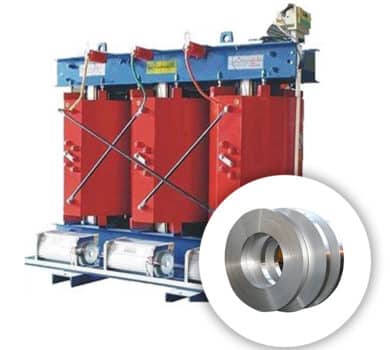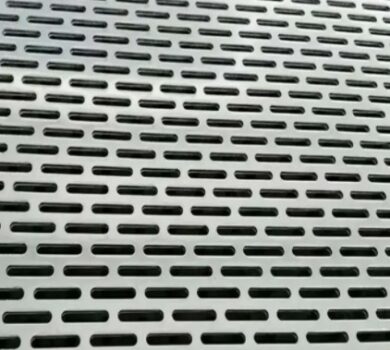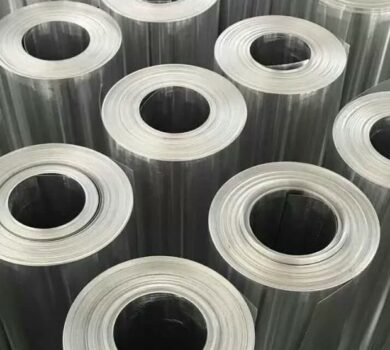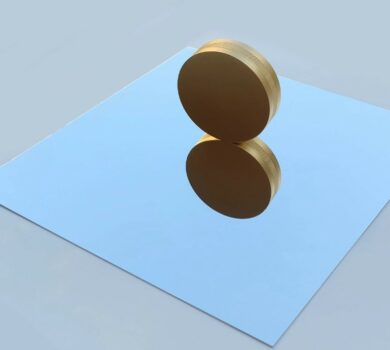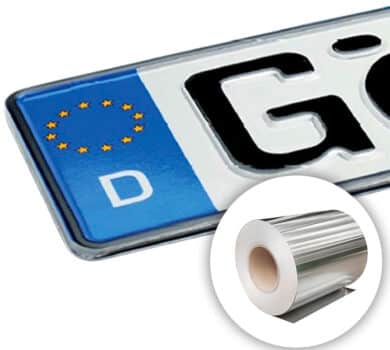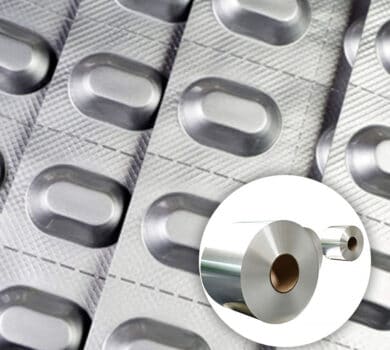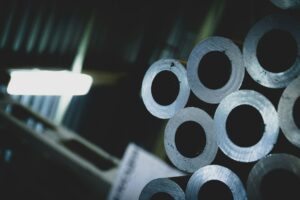For die casting
The design of die-casting elements should take under consideration the wall thickness of the die-casting elements, the fillet and demolding angle of the die-casting elements, the reinforcement ribs, the minimum distance between the holes and therefore the holes on the die-casting elements, and therefore the rectangular holes and grooves on the die-casting elements. There area unit seven side of machining allowance and die-casting half.
For casting fillet
Generally, all elements of the die casting ought to have rounded corners (except at the parting surface) to form the metal flow swimmingly once filling, and therefore the gas is simpler , and it will avoid cracks acute angles. For die castings that require to be electroplated and painted, the rounded corners are often equally plated to forestall paint buildup at sharp corners. The fillet radius R of die castings ot but 1mm, and therefore the min fillet radius is zero.3 mm.
For inserts in die casting
First, the quantity of inserts on the die-casting half mustn’t be; second, the affiliation between the insert and therefore the die-casting half firm, and at constant time it’s needed to fit, bulge, on t insert; once more, the insert should avoid sharp corner , so as to facilitate the position the strain concentration of the forged. If there’s serious chemistry corrosion between the casting and therefore the insert, the surface of the insert must be protected by plating; finally, the casting with the insert ought to avoid heat treat avoid the part of metals. The amendment causes volume amendment and loosens the insert.
For wall thick of die casting
Thin-walled die castings have higher strength and higher compactness than thick-walled die castings. in sight of this, the planning of die castings ought to follow this principle: the wall thickness ought to be reduced the maximum amount as doable on the premise of guaranteeing that the casting has adequate strength and rigidity. And keep the wall thickness uniform. follow has verified that the wall thickness style of die-casting elements is mostly a pair of.5-4mm, and elements with a wall thickness of quite 6mm mustn’t be made by die-casting technology. The impact of too thick and skinny walls of die castings on the standard of castings: If wall of the castings area unit too skinny within the style, the metal won’t be welded, that directly have an effect on the strength castings, and can conjointly cause difficultie form; the walls area unit too thick or severely uneven On the opposite hand, because the wall thickness will increase, defects like pores and shrinkage consistency within the casting conjointly increase, which is able to conjointly cut back the strength of the casting and have an effect on the standard of the casting.
For die casting machin allowance
Under traditional circumstances, thanks to the restrictions of the die-casting method, once sure dimensional accuracy, surface roughness, or kind and position tolerances of the die-casting elements cannot meet the wants of the merchandise drawings, the corporate ought to 1st contemplate the utilization of like correction, polishing, extrusion, Reshaping and alternative finishing ways area unit wont to repair. once finishing cannot utterly solve these issues, some elements of the die casting ought to be automatically processed.noted here that once playacting mechanical process, you must contemplate selecting additional tiny machin allowance, and take a look at to use the surface that’s not tormented by the surface and movable forming because the rough reference surface, therefore as to not accuracy.
For draft die casting
When coming up with die casting,When there’s no structural slope, there should be a method slope for demoulding wherever necessary. The direction of the slope should be in line with the demolding direction of the casting.
